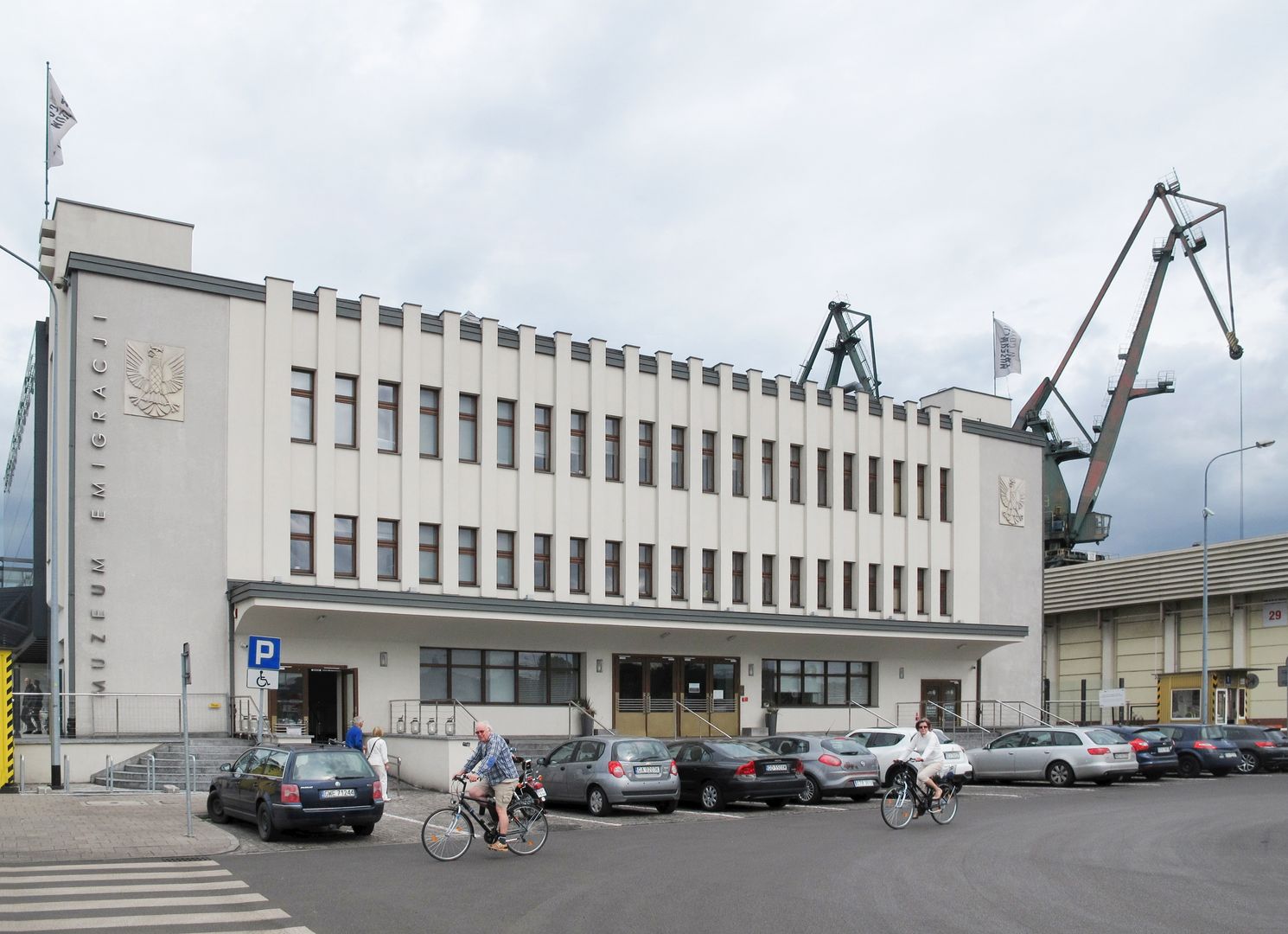Gdynia Maritime Station
6.39

Overview
The Gdynia Maritime Station, built in 1933, is a historic building located at the French Quay. Designed by the Katowice branch of the Berlin-based company Dyckerhoff & Widmann, it features a modernist façade adorned with bas-reliefs of Polish eagles. The interior of the station, covering an area of 2,500 m², was equipped with all the necessary facilities to handle passengers, mail, and luggage. Until 1939, it served as the main transatlantic base for the "G-A-L" fleet and was the venue for various cultural events, such as religious services, New Year's Eve balls, and performances. As a result of World War II, the building was converted into offices and lost many of its original architectural features. After the war, over the years, the station gradually lost its original function until 1987, when it ceased to serve as a passenger terminal. In 1990, it was listed as a historical monument. In the 1990s, passenger traffic returned to the building, and in 2013, a renovation began that restored its original form and function as the headquarters of the Emigration Museum, which opened in 2015. The museum collects exhibits related to Polish emigration, with a focus on the fates of Poles leaving the country through the port of Gdynia, and its concept was initiated by the Mayor of Gdynia, Wojciech Szczurek. The renovation, carried out as part of the project, cost PLN 43.9 million and allowed the building to be adapted to the needs of the museum, enriching it with modern architectural solutions such as a glazed façade and a viewpoint, while also restoring the historical bas-reliefs. Thus, the Gdynia Maritime Station is not only a significant element of architectural heritage but also an important reference point in the history of Polish emigration.
Location
Tickets
Powered by GetYourGuide
You can also find here:
2025 Wizytor | All Rights Reserved
